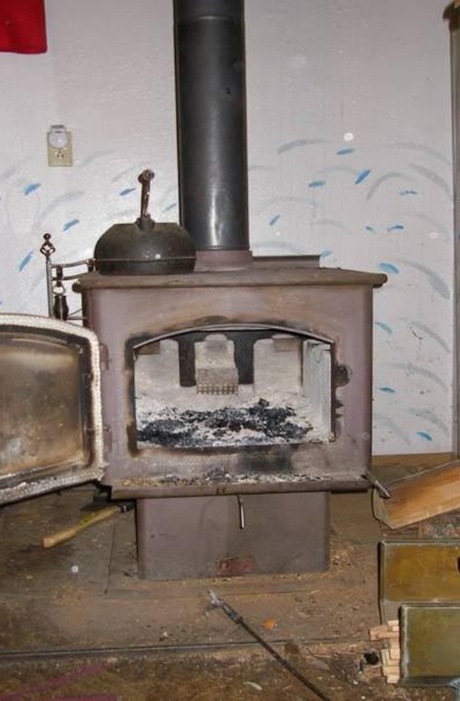Riverton hospital moves to enter EPA tribal boundary dispute
By Ben Neary, Associated Press
Riverton Memorial Hospital maintains that a recent medical malpractice case filed against it in tribal court on the Wind River Indian Reservation underscores the problems the U.S. Environmental Protection Agency created in its recent decision that the city of Riverton and surrounding lands remain legally Indian Country.
Tribal spokesmen, however, say the tribal court has handled claims against the hospital for years and question why it would raise jurisdictional questions now.
The EPA’s 2013 decision that Riverton and more than 1 million acres of surrounding land remain part of the Wind River Indian Reservation came in response to a joint application from the Northern Arapaho and Eastern Shoshone tribes to treat their joint Wind River Indian Reservation essentially as a separate state for purposes of administering the federal Clean Air Act.
The hospital on Wednesday asked the 10th Circuit Court of Appeals to allow it to file a friend-of-the-court brief. The hospital wants to join the state of Wyoming, the City of Riverton, Fremont County and others in fighting the EPA ruling.
Wyoming Gov. Matt Mead maintains Congress extinguished the land’s reservation status 100 years ago when it opened the area to settlement by non-Indians.
In protesting the EPA decision, Mead and other Wyoming officials have said that a court ruling establishing Riverton remains legally on the reservation would affect provision of state services, including law enforcement protection, to non-Indian residents there.
In the malpractice case pending in tribal court, Riverton lawyer John Vincent represents Cody Armajo, a Northern Arapaho woman. The lawsuit alleges she was taken to the hospital in February 2013 complaining of an injury to her eye but that a doctor there examined her and found nothing much wrong.
The lawsuit states that Armajo was ultimately transported to jail in Lander and jail personnel took her to another hospital when she continued to complain of pain. Doctors there determined she had been shot in the eye and a bullet lodged in her head.
The Riverton hospital’s request to dismiss Armajo’s case is pending in tribal court. The hospital’s arguments filed with the federal court this week state that tribal court is a quagmire where rules and the law are ill-defined.
“This is the impact of the EPA’s decision: a non-Indian business has been hailed into tribal court,” the hospital’s lawyers wrote to the appeals court. “The expansion of the tribes’ jurisdiction over an entire city has already begun to have negative consequences on the city’s businesses.”
Patrick J. Murphy, a Casper lawyer representing the hospital, didn’t immediately return a telephone call to his office on Thursday seeking comment.
Vincent, a former mayor of Riverton, said Thursday that the tribal court had handled medical malpractice claims against the hospital before the EPA ruling. “I don’t know all of a sudden why this case would stir the controversy up,” he said.
The appeals court gave other parties including the tribes until June 8 to file a response to the hospital’s request to enter the case. Mark Howell, spokesman for the Northern Arapaho Tribe, said Thursday the tribe would oppose the hospital’s request.
Richard Brannan, a member of the Northern Arapaho Tribal Council, issued a statement Thursday saying the Riverton Hospital receives millions of dollars in funding through the Indian Health Service each year for treatment of tribal members.
“This is not the first time that they’ve had to manage claims for medical negligence in tribal court,” Brannan said. He said the Council is confident the hospital will have a fair opportunity to present all its defenses.
Ronald Oldman, a spokesman for the tribe, issued a statement saying the tribe is actively monitoring Armajo’s case.
“A tribal member was walking down the street in Riverton. She was shot at random by an unknown gunman, and taken to the Riverton hospital with a bullet hole in her head,” Oldman said. “Hospital staff failed to notice the gunshot wound and discharged her.”




